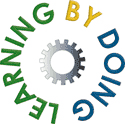What do candidates on the Instrumentation courses actually do?
The instrumentation course involves an extensive understanding of current loops and the devices typically found on them. Candidates look in detail at the devices used to measure temperature, pressure, level and flow, and briefly at control valves, load cells, turbidity, density and pH.
The course notes are quite extensive and explain how the various devices are used, without getting involved in the underlying theory. For example, we would look in detail at what signals a thermocouple produces, but only very briefly at how it works. Some sample pages from the course notes give an indication of this approach, the following pages describing how burden resistors are fitted to the rear panels of instruments, what industrial temperature sensors and transmitters actually look like, our own specially-designed calibration tables for thermocouples, the use of dp cells, how hydrostatic pressure measurements are converted to level measurements using pressure sensors and how manifolds are used to zero dp cells used in flow metering:
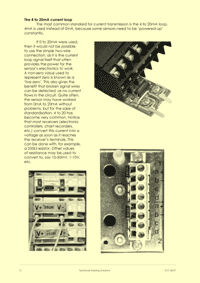 |
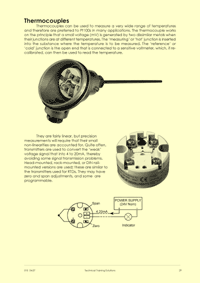 |
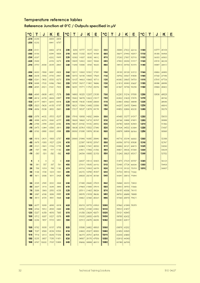 |
Page 10 of the instrumentation course notes: Describing the burden resistors connected across current loop devices' terminals |
Page 29 of the instrumentation course notes: Analysing the various types of industrial temperature sensors used |
Page 32 of the instrumentation course notes: Checking the voltages produced by various thermocouples |
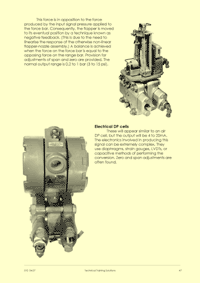 |
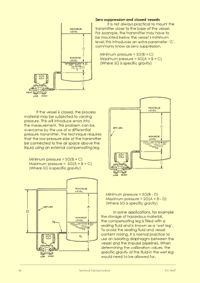 |
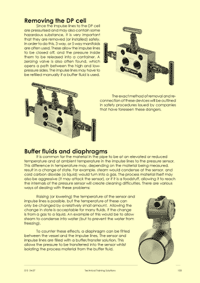 |
Page 47 of the instrumentation course notes: Looking at various types of industrial dp cells |
Page 57 of the instrumentation course notes: Analysing the pressures produced in tanks with suppressed or elevated zeros and dry and wet legs |
Page 103 of the instrumentation course notes: Describing the three and five port manifolds used with dp cells and how a dp cell might be safely disconnected |
Colour handouts are issued to candidates when necessary - for example when looking at the complex colour-coding systems used for thermocouple cables and connectors:
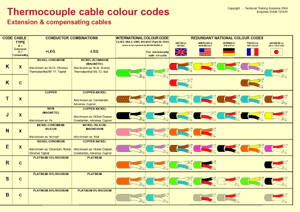 |
The thermocouple cable colour code reference handout issued to candidates on the instrumentation courses |
The course involves connecting various devices into current loops so that candidates learn about how current loops work and how devices are connected into them. They also calibrate these devices using a range of professional industrial Time Electronics current calibrators, used throughout the instrumentation engineering world.
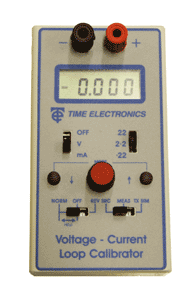 |
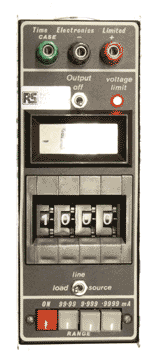 |
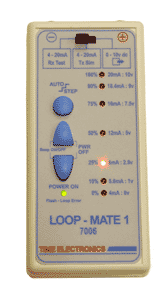 |
The Time Electronics current calibrators used on the instrumentation courses |
||
We also connect up a range of industry-standard Beka loop indicators, looking at the various configuration options and adjusting them so that they indicate the required PV at the zero and span settings.
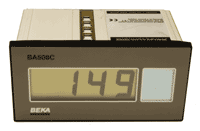 |
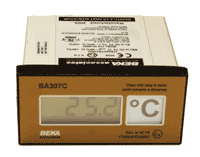 |
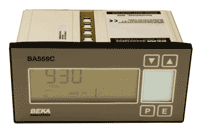 |
The Beka loop indicators used on the instrumentation training course |
||
Candidates on the instrumentation course then learn about the various devices used in industrial temperature measurement systems - we concentrate on thermocouples and Pt100s and their associated cabling, connectors and transmitter heads. Candidates connect up various sensors, looking at the signals that they produce and build current loops around the relevant transmitters.
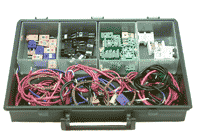 |
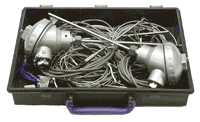 |
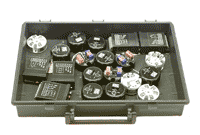 |
The thermocouple cables, connectors, sensors and transmitter heads used on the instrumentation courses |
||
The circuits built by candidates are then calibrated using industrial temperature calibration units. Candidates learn about issues like cold junction compensation and three/four wire measurements.
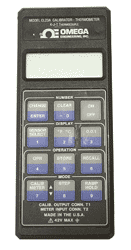 |
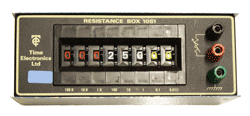 |
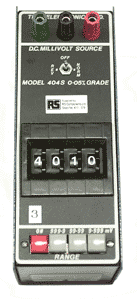 |
The thermocouple calibrators and decade resistance boxes used on the instrumentation training course |
||
Candidates then learn about pressure measurement: the various units used to quantify pressure and how industrial pressure measurement devices should be calibrated, using industrial pressure sources.
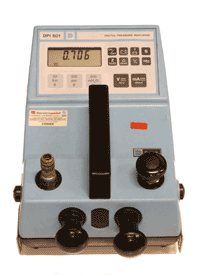 |
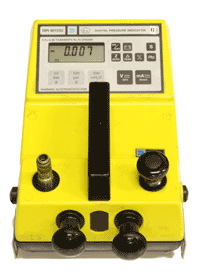 |
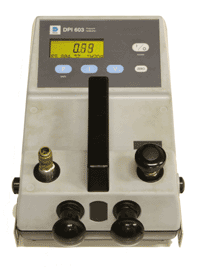 |
The industrial pressure sources used on the instrumentation courses |
||
For further practice at using the pressure sources, candidates on the instrumentation course then connect and calibrate a range of industrial pressure switches.
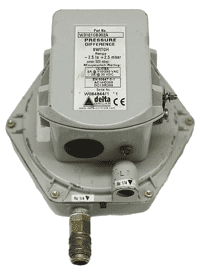 |
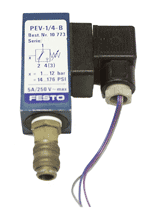 |
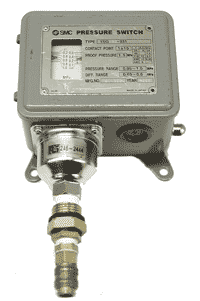 |
The industrial pressure switches used on the instrumentation courses |
||
Industrial pressure transmitters are then connected on to current loops and calibrated using the pressure sources.
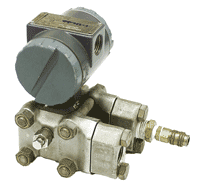 |
 |
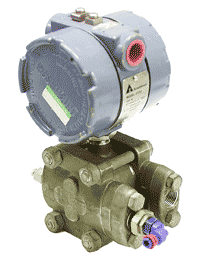 |
The industrial pressure transmitters used on the instrumentation training course |
||
Candidates then learn about level measurement systems and the various methods by which industrial measurements are made are analysed; we look at hydrostatic, load cell and bubbler systems. Ultrasonic measurement systems are quite common and are therefore the main focus of the instrumentation course.
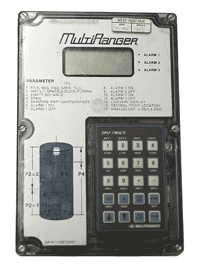 |
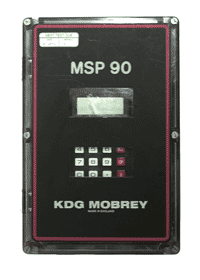 |
The ultrasonic level measurement systems used on the instrumentation courses |
|
Candidates are then introduced to the more modern field-programmed 'smart' devices, which provide for remote calibration. Candidates connect, configure and calibrate a smart device using hand-held programming units, allowing them to experience how modern instrumentation is calibrated.
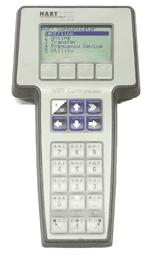 |
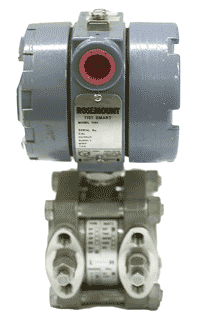 |
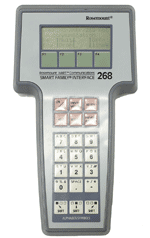 |
The HART dp cells and smart communicators used on the instrumentation courses |
||
Many instrumentation systems control processes using valves and we therefore look at the various types of control valves, I to P converters and valve positioners commonly used and how these would be connected and calibrated.
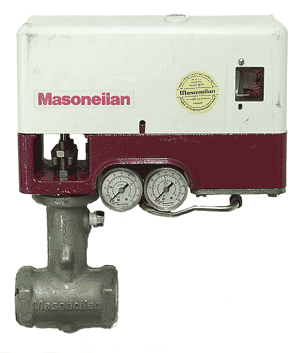 |
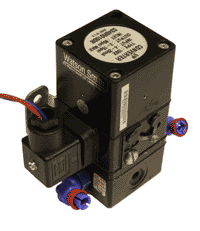 |
One of the control valves used on the instrumentation courses |
One of the I to P converters used on the instrumentation training course |
Weighing machines are commonly used in industrial instrumentation systems to quantify the contents of a container and we therefore look in detail at the range of 4-wire and 6-wire load cells in common use and examples of the transmitter electronics typically connected to them.
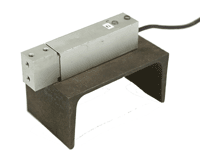 |
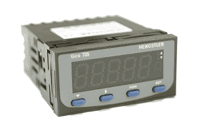 |
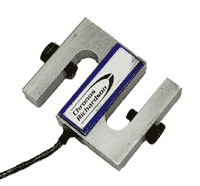 |
One of the 6-wire load cells used on the instrumentation courses |
The load cell amplifier used on the instrumentation training course |
One of the 4-wire load cells used on the instrumentation courses |
Various other measurements (turbidity, density, conductivity and pH) are used in some industries, and we therefore look at each of these, giving candidates the opportunity to concentrate on them if they are relevant to their workplace. A stock of calibration and buffer fluids are used to create a range of readings for each measurement.
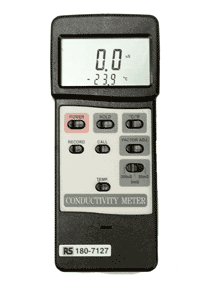 |
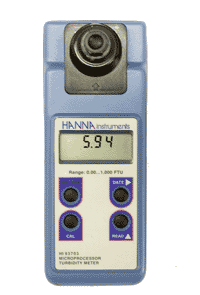 |
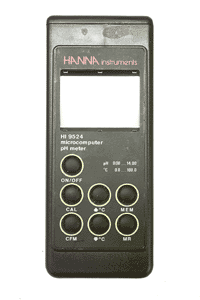 |
The conductivity meter used on the instrumentation courses |
The turbidity meter used on the instrumentation courses |
The pH meter used on the instrumentation courses |
The instrumentation course requires a clean air supply and in order to simplify the logistics of the training course we use our own (silent) compressor. All the tools needed by the candidates to make the electrical and pneumatic connections to the devices involved in the practical exercises are provided by us.
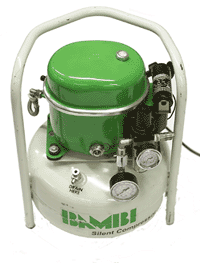 |
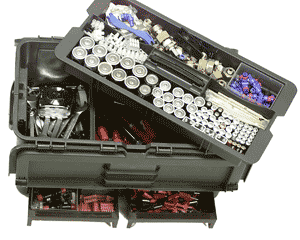 |
The silent compressor used on the instrumentation courses |
The tools used on the instrumentation training course |
If you would like to see some of the equipment used on the Instrumentation courses for yourself, then please call us to arrange a visit to our offices in Kent. Alternatively, we can visit you anywhere in the British Isles.
